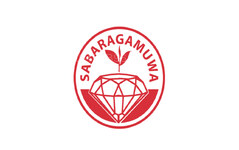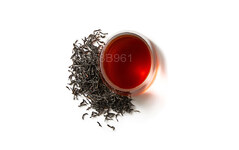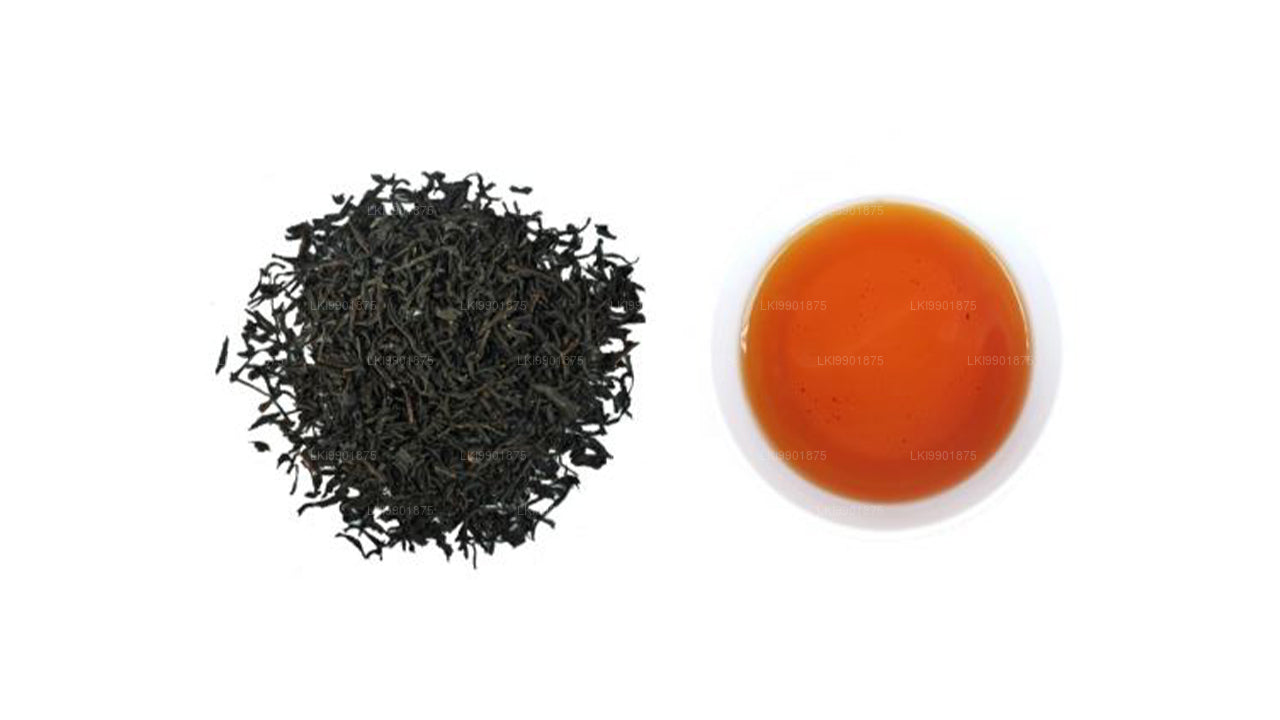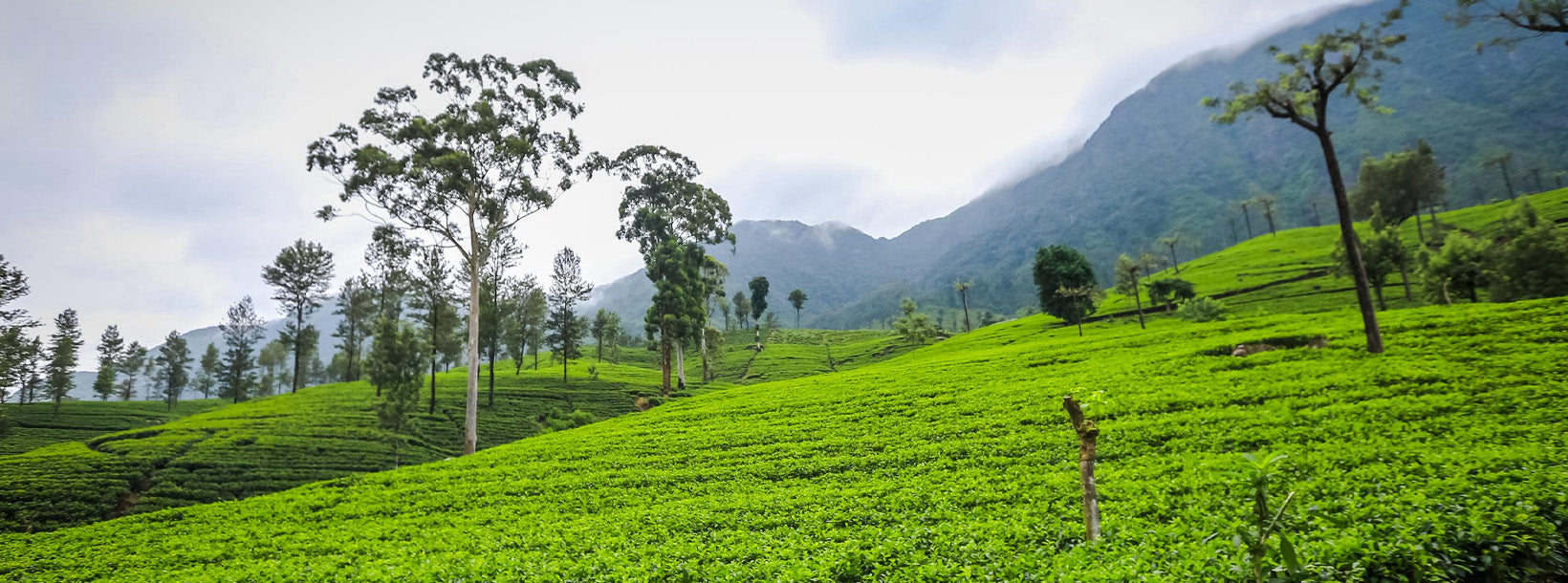
Fazendas de chá
As plantações de chá do Sri Lanka, localizadas principalmente nas terras altas centrais, são famosas por produzir alguns dos melhores chás do mundo. Essas plantações exuberantes, como as de Kandy, Nuwara Eliya e Hatton, oferecem paisagens cênicas e uma rica história. As plantações contribuem significativamente para a economia do país, exportando chá do Ceilão de alta qualidade para todo o mundo.
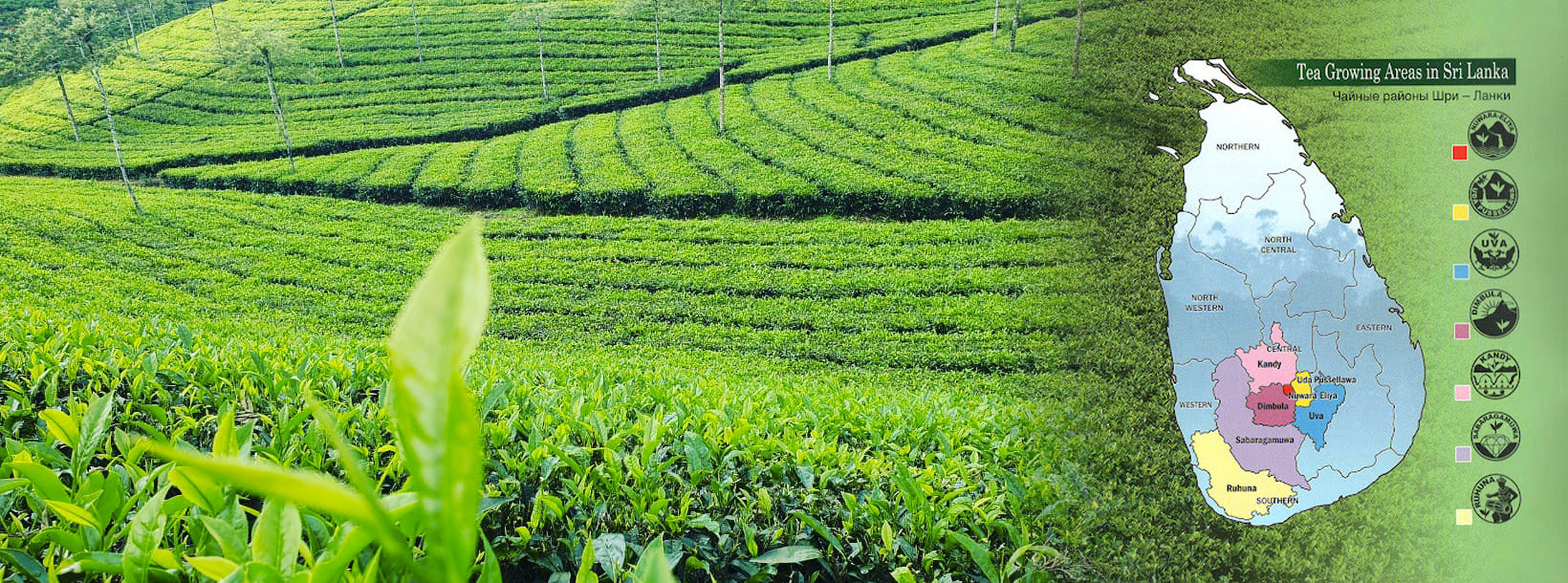
Regiões de chá do Ceilão
A bebida na sua xícara tem uma história para contar. Ela fala de colinas ondulantes, sol abundante e províncias verdejantes. No Sri Lanka, as províncias do centro e do sul produzem a maior parte do chá. Altitudes e microclimas variados influenciam o sabor, a cor, o aroma e a sazonalidade característicos do chá do Ceilão.
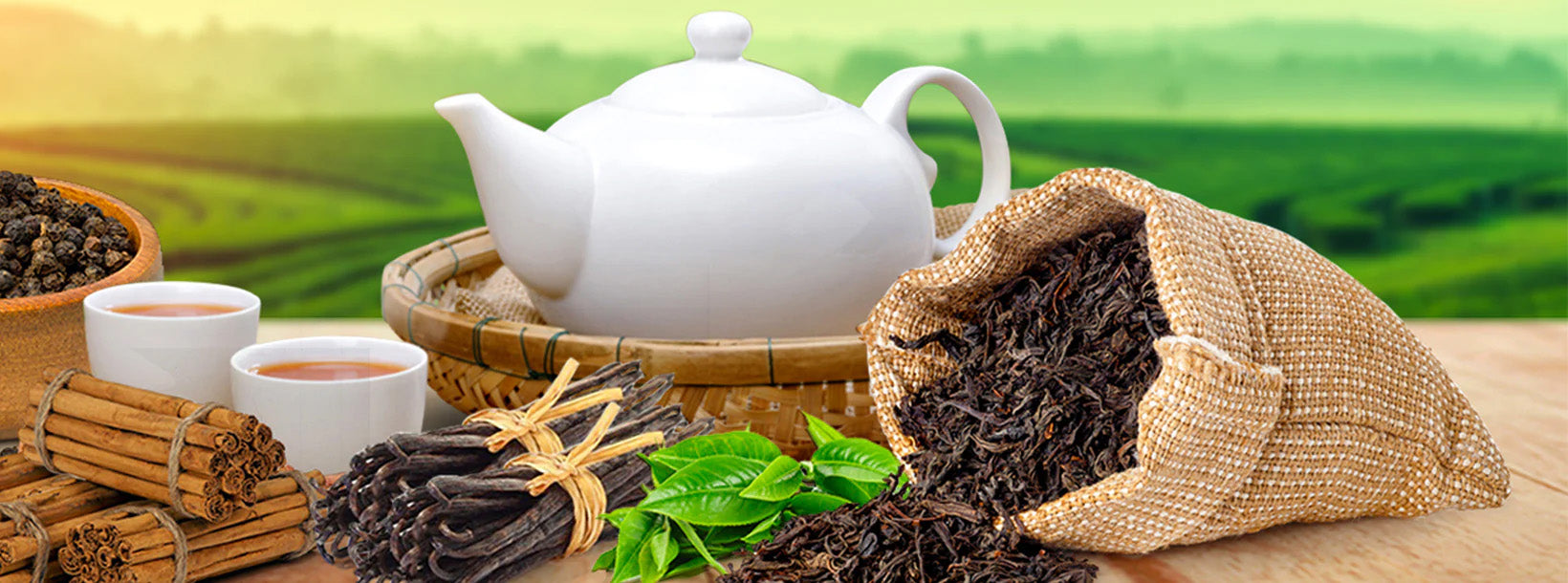
Graus de chá preto do Ceilão
O chá do Ceilão, como sabemos hoje, vem em diferentes variedades, com sabores e aromas únicos. Além da variedade de chás, existem variedades de graus em que o chá do Ceilão foi separado.
Sabaragamuwa Tea
Sabaragamuwa is one of the biggest tea-growing regions in Sri Lanka. This growing region covers the western and southwestern and central mountains of the country.
The teas of Sabaragamuwa, in other words, Ruhuna, are mainly low-grown. all the estates range in elevation from sea level to around 2,500 feet.
The highest estates lie just below the boundaries of the Sinharaja and Peak Wilderness nature reserves. the environment consists of rainforests, cloud forests, and high grassy plains in this region.
As a result, they produce tea of a somewhat different character to that grown at lower elevations in the district. And also, some of these estates receive the highest rainfall of any in the plantation districts.
Other upper Sabaragamuwa estates receive some weather from the nearby Uva climatic system. Therefore, they produce in an entirely different way.
Sabaragamuwa produces a fast-growing bush with a long leaf, very black when withered, and well suited for ‘rolling’ (see manufacturer). The liquor, too, is similar to that of Ruhuna tea, dark yellow-brown with a reddish tint in the dry season, though lightening somewhat with altitude.
However, the ‘nose’ or aroma, is noticeably different from the Ruhuna product, with a hint of sweet caramel, and not quite as strong as the latter. The flavor, too, is strongly marked, especially with respect to low-grown examples.
These are general comments, However, and need not apply to all teas produced in Sabaragamuwa. The districts contain a number of sub-districts such as Ratnapura, Rakwana, Kaltura, Matara & Weligama close to the Southern coast.

